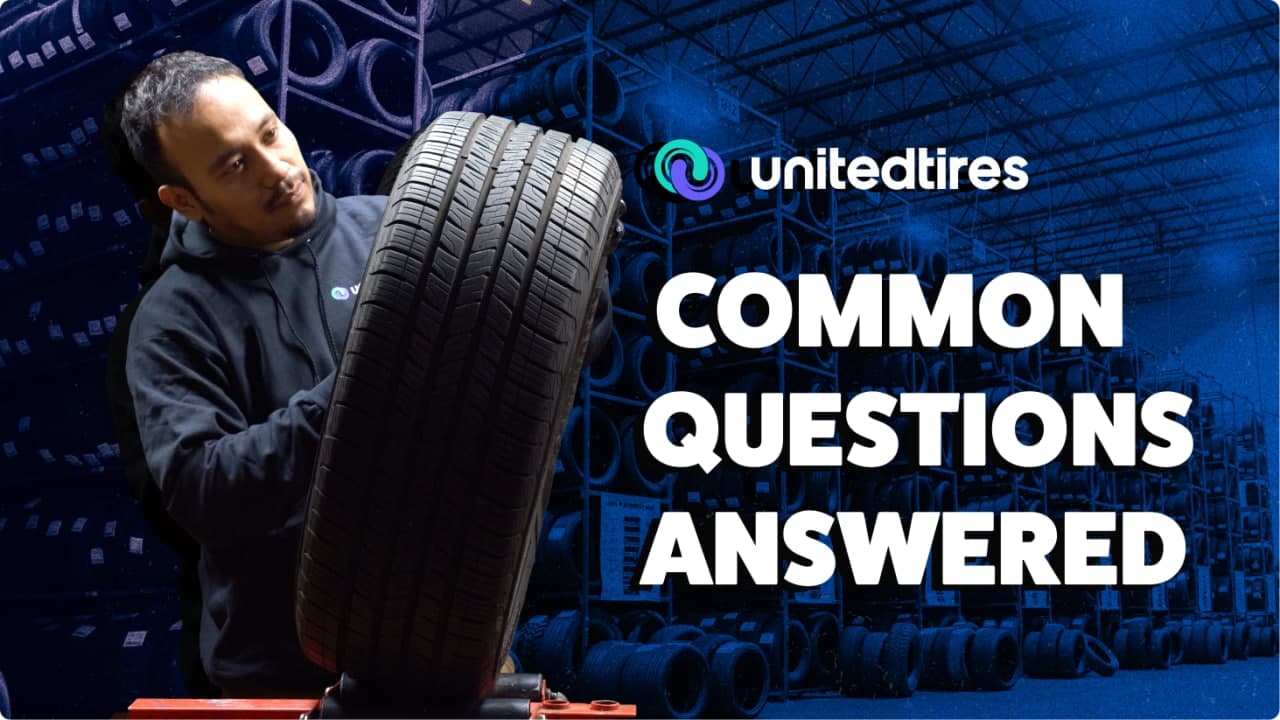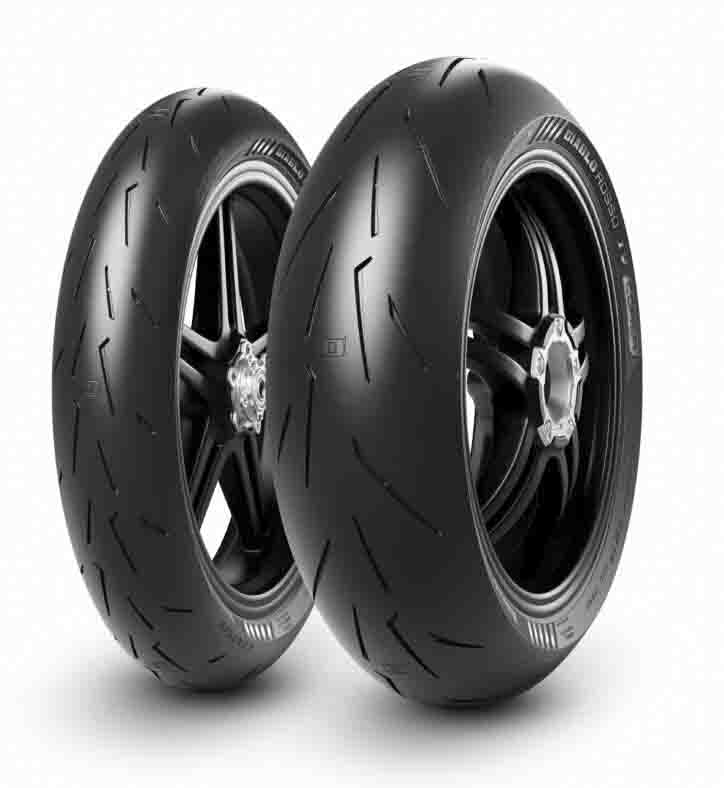All Categories
Featured
Table of Contents
The Michelin offered a comfy driving experience, qualified by receptive guiding and a progressive understeer balance. Regardless of the cooler screening conditions, Michelin's constant time and grasp over three laps shows its suitability for real-world applications. On the other hand, Yokohama's efficiency was distinct. While its super-quick guiding caused a rapid front axle turn, the back showed a propensity to swing more.
The tire's first lap was a second slower than the second, directing to a temperature-related grip boost. For everyday use, the Michelin could be a safer wager.
Vehicle Alignment Near Me ( Swan)
It shared Michelin's risk-free understeer balance however lacked the latter's readiness to turn. Continental and Goodyear's efficiencies were noteworthy, with Continental's new PremiumContact 7 showing a substantial improvement in damp problems contrasted to its predecessor, the PC6. This version was much less conscious load adjustments and acted just like the Michelin, albeit with slightly much less interaction at the restriction.
It integrated the secure understeer equilibrium of the Michelin and Continental with some stylish handling, proving both predictable and quick. As an all-rounder for this Golf GTI, Goodyear's Uneven range was the standout, showing remarkable efficiency in the damp. The Bridgestone Potenza Sporting activity took the crown as the fastest tyre, albeit by a little margin.
Chauffeurs seeking an interesting damp drive may find this tyre worth taking into consideration. The standout entertainer in wet stopping was the newest tire on examination, the PremiumContact 7, though the outcomes are nuanced.
Tyre Deals (Middle Swan WA)
Ideally, we desired the cool temperature level test to be at around 5-7C, however logistical delays meant we checked with an average air temperature of 8C and water at 12C. While this was cooler than common test problems, it was still warmer than real-world problems. The cozy temperature examination was done at an average of 18C air and 19C water.
The 3rd run entailed damp stopping tests on worn tyres, particularly those machined to 2mm with a tiny altercation. While we planned to do more with these worn tyres, weather condition constraints restricted our screening. However, it deserves keeping in mind that wet stopping is most vital at the worn state, as tires typically boost in dry problems as they put on.

Bridgestone, Goodyear, and Michelin saw the least performance decrease when used. The Hankook tyre registered the smallest efficiency decline as temperatures cooled, yet it was amongst the most influenced when worn.
Leading All-season Tyres Near Me
The take-home message right here is that no solitary tire stood out in all facets of wet braking, suggesting a complex interplay of aspects affecting tire efficiency under various problems. There was a standout tire in aquaplaning, the Continental completed top in both straight and bent aquaplaning, with the Michelin and Goodyear likewise excellent in deeper water.

Yokohama could take advantage of somewhat even more grip, a problem possibly affected by the cooler problems. As for managing, all tyres done within a 2% array on the lap, showing their high-grade efficiency (Long-lasting tyres). Taking into consideration these tires basically target the same customer, it's fascinating to observe the substantial distinctions in feel.
The surprise is since the PremiumContact 6 was one of my favourites for flashy completely dry drives, but its follower, the PremiumContact 7, appears much more mature and looks like Michelin's performance. Amongst these, Hankook was the least accurate in guiding and communication at the restriction. Tyre servicing. Both Michelin and Continental supplied charming preliminary steering, albeit not the fastest
If I were to recommend a tyre for a quick lap to a newbie, say my dad, it would certainly be one of these. We have the 'fun' tyres, specifically Yokohama and Bridgestone. Both were speedy to steer and really felt sportier than the others, however the trade-off is an extra spirited back end, making them a lot more difficult to deal with.
Affordable Tyre Checks Near Me
It supplied similar guiding to Bridgestone but used far better responses at the limitation and far better grasp. The Bridgestone Potenza Sport, nevertheless, appeared to weaken quite swiftly after simply three laps on this demanding circuit. There's Goodyear, which placed itself somewhere in between the fun tires and those tending towards understeer.
All in all, these tyres are outstanding entertainers. In terms of tyre wear, the approach used in this test is what the market refers to as the 'gold requirement' of wear.
Both the Bridgestone and Yokohama tires dramatically underperformed in comparison to the various other 4 tyres in terms of rolling resistance, with Continental a little surpassing the rest. Regarding the comfort degree of the tyres, as expected, a lot of demonstrated an inverse relationship with handling. The Continental, Michelin, and Goodyear tyres executed best across numerous surface area kinds evaluated.

Bridgestone began to show indications of suppleness, while Yokohama was specifically rough over potholes. We did gauge internal noise levels; nevertheless, as is usually the case, the results were carefully matched, and because of weather restraints, we were not able to perform a subjective assessment of the tyres noise. Finally, we took a look at abrasion figures, which gauge the quantity of tire walk lost per kilometre, normalised to a one-tonne vehicle.
Leading Tyre Servicing – Swan 6056 WA
This figure stands for the quantity of rubber dust your tires produce while driving. Michelin led in this classification, producing over 9% much less rubber particulate issue. On the various other hand, Hankook created 32% more. This is an aspect I think the market needs to focus on more in the future, and it's something Michelin is supporting.
Latest Posts
Top Cheap Car Tyres – Wanneroo
Best Cheap Tyres
Leading High-quality Tyres Near Me (Beechboro WA)